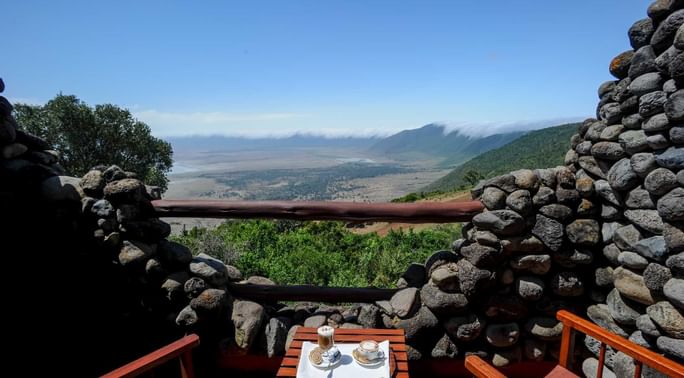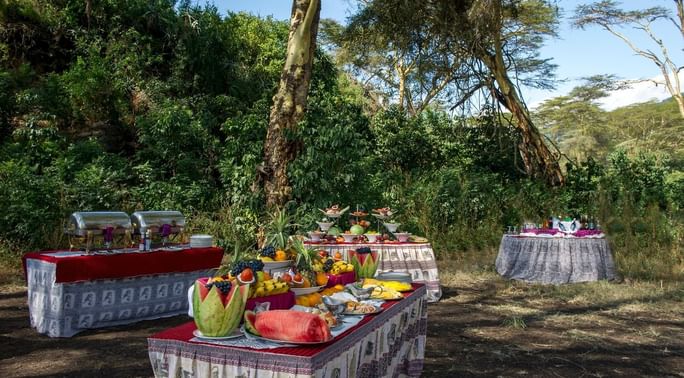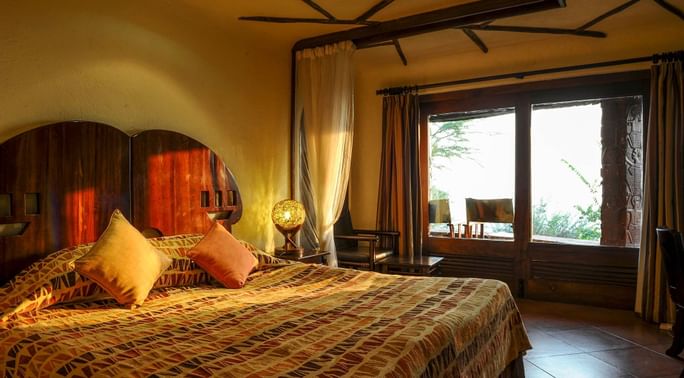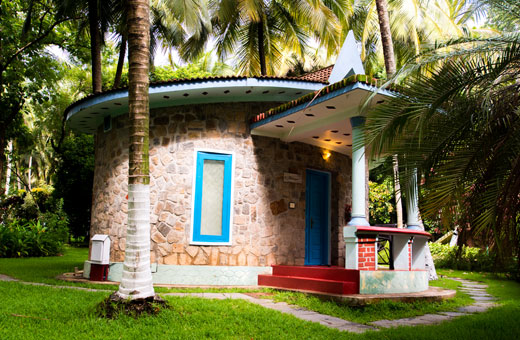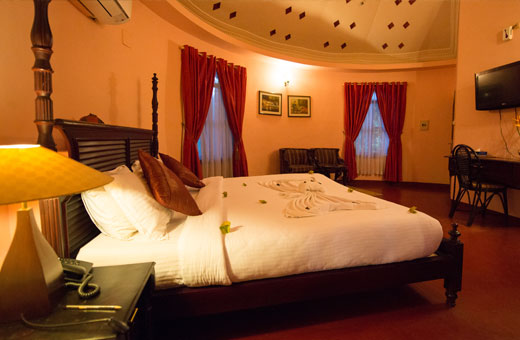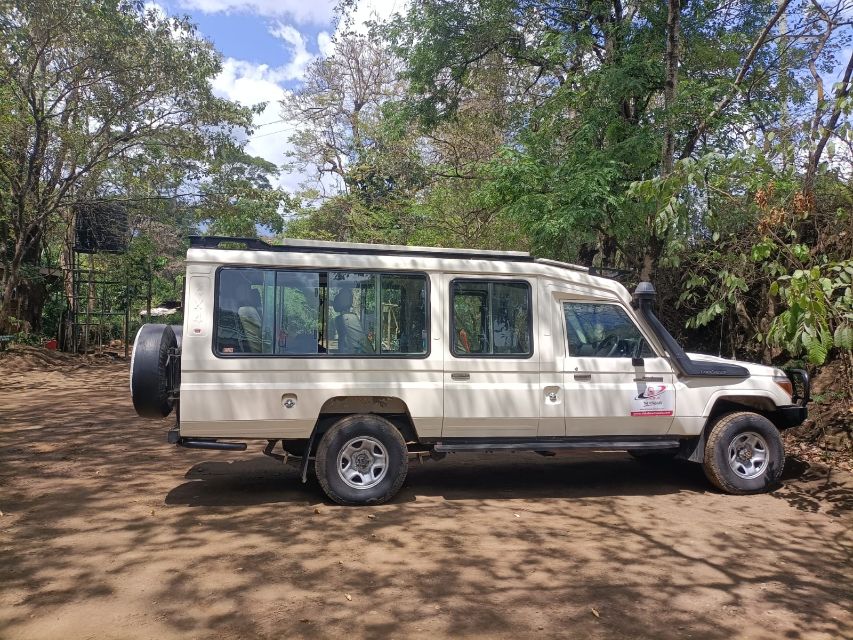UNESCO (the United Nations Education, Scientific and Cultural Organization) has granted Kenya its seventh World Heritage Site. On June 29th, Thimlich Ohinga, an ancient fortress in Kenya’s western Migori region was inscribed on the World Heritage List at the World Heritage Centre’s annual meeting in Bahrain.
Thimlich Ohinga is made up of stone walls built from loose stones and blocks – no mortar was used in its construction. The walls range in height from one to four meters, and the wall is three meters thick at its widest point. The site dates back to the 16th century where it was both a site for manufacturing things like pottery, and also a location from which to guard against attacks and protect livestock.

Silas Nyagweth, the curator of Thimlich Ohinga, said for the small entryways to the site, “The doors were made short to ensure that, by the time the enemy got inside, he was less stable as he was still bending. The guards could then easily overpower him.”
Various cultural groups inhabited Thimlich Ohinga on and off over the years, but the last group left in the 1900s. National Museums Kenya (NMK) took over the site in 1980, and after doing some work on it, declared the site a national monument under the curatorship of NMK.
UNESCO deemed the site to be worthy of World Heritage Site status and preservation because “it is the largest and best preserved of these traditional enclosures. It is an exceptional example of the tradition of massive dry-stone walled enclosures, typical of the first pastoral communities in the Lake Victoria Basin, which persisted until the mid-20th century.”
In support of this new World Heritage Site, officials in Migori County have committed to improving access to the site, with new roads leading to Thimlich Ohinga, making the areas more appealing to tourists.


